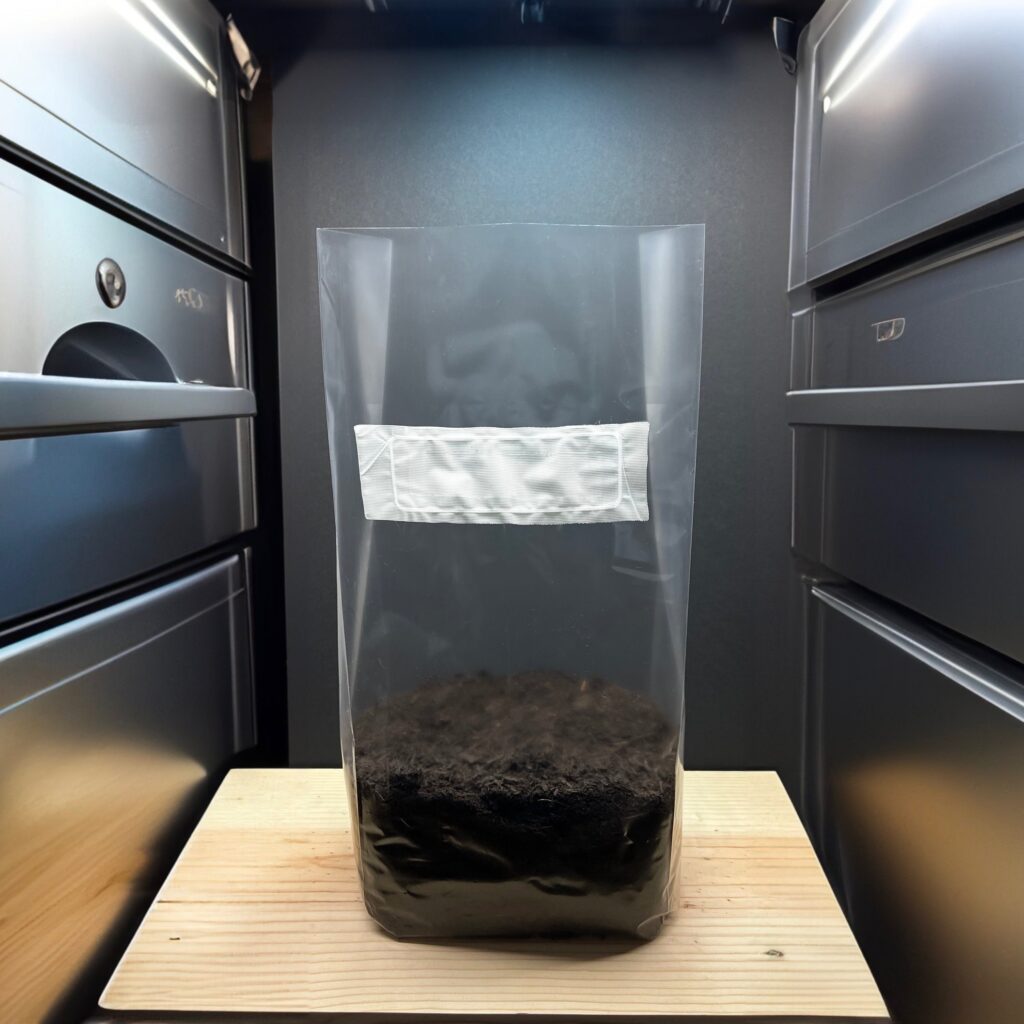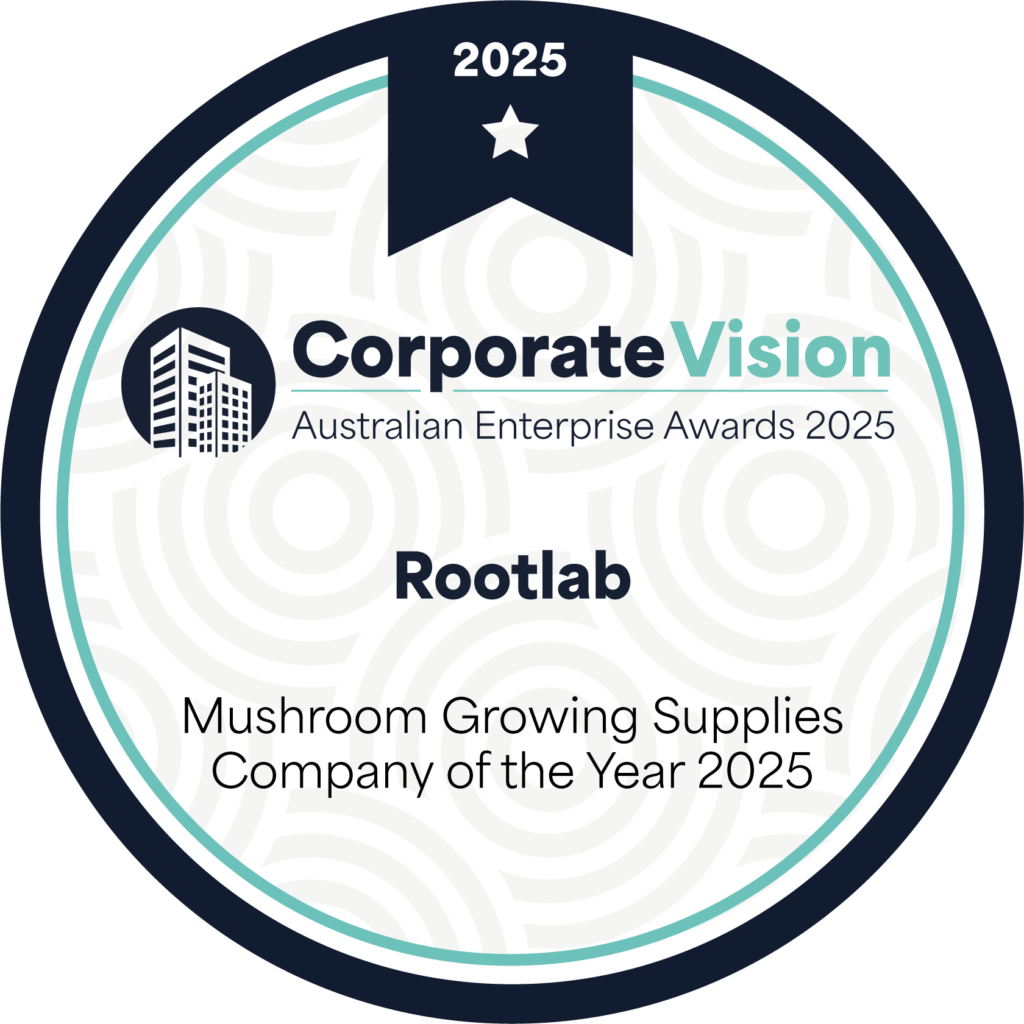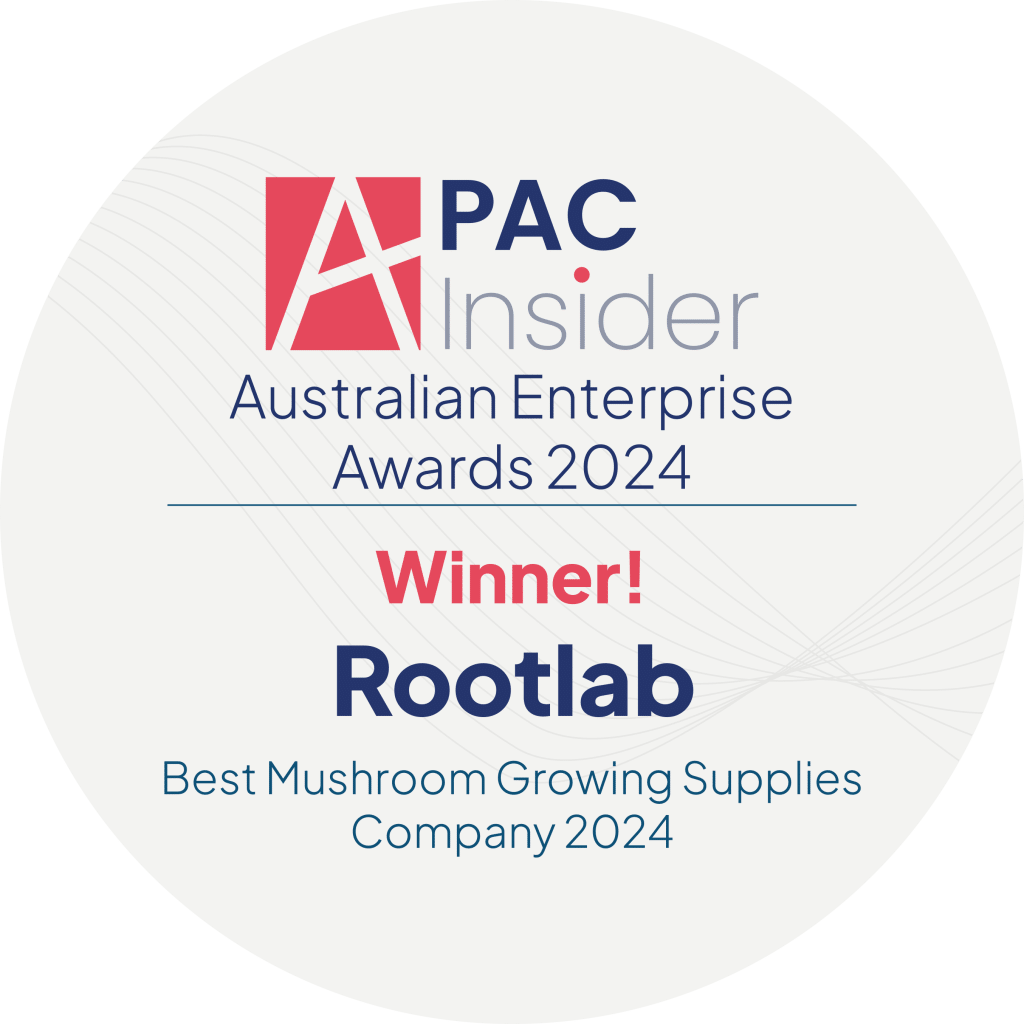

Meet Unicorn Bags Premium Mushroom Cultivation Bags
Now available direct in AUS
Rootlab is the official importer and distributor of Unicorn Bags in Australia dedicated to serving the AUS Mushroom Industry with the best service and lowest prices.
Unicorn premium grow bags are specifically designed to create the perfect environment for mushrooms to thrive and grow effectively. They come in various sizes and filter types.
Durability
Our bags won’t break under pressure, sterilization or movement.
Breathability
Outfitted with innovative filter technology, our bags provide the ideal environment for fungi growth
Safety
Our plastics are made from the highest quality virgin prime resin FDA approved for agricultural use.
Quality Control
We follow stringent manufacturing procedures to produce dependable, consistant mushroom grow bags.
Protection
Unicorn Bags use a resin blend with antibacterial qualities.
What's your Unicorn Bag?
It all begins with a grow bag.
1. Choose your size.
2. Choose your filter type.
1kg bags (10.16 x 7.62 x 45.72cm)
4T - 0.2 µm
2kg bags (12.7 x 10.16 x 45.72cm)
10T - 0.2 µm
10A - 0.5 µm
10B - 5.0 µm
3kg bags (20.32 x 12.7 x 48.26cm)
3T - 0.2 µm
14A - 0.5 µm
3B - 5.0 µm
5kg bags (25.4 x 12.7 x 60.96cm)
XLS-T - 0.2 µm
XLS-A - 0.5 µm
XLS-B - 5.0 µm
Understanding Unicorn filter types
T filter - 0.2 µm
0.2 microns of breathability
highest protection and medium growth
best for spawn for commercial production and for substrate for slow-growing variety
A filter - 0.5 µm
0.5 microns of breathability
only for general use
B filter - 5.0 µm
5 microns of breathability
fastest growth and slowest protection
best for commercial substrate production for slow-growing varieties like oysters and reishi

The three main filters—Type A, Type B, and Type T—are categorized based on their micron ratings, which determine their filtration efficiency and breathability.
However, real-world gas transmission rates, as shown in the graph, reveal that the expected relationship between micron size and breathability doesn’t always hold.
What the Graph Reveals:
Type B Filter (5 Microns) – Has the highest breathability and the fastest gas transmission rate, as shown by the rapid PSI drop in the graph. However, its large pore size means it provides minimal protection against contaminants.
Type T Filter (0.2 Microns) – Expected to have the lowest breathability, but the graph shows it allows more air circulation than the A filter, meaning it provides better protection and better gas exchange than A.
Type A Filter (0.5 Microns) – Contrary to expectations, it has the lowest breathability among the three filters, showing the slowest PSI drop in the graph. This suggests that despite having a 5-micron pore size, it has a denser structure or lower effective permeability.
How This Affects Mushroom Cultivation
Many growers assume that because the T filter has a 0.2-micron rating, it must have the lowest breathability and highest protection. While this is partially true, the graph confirms that it still allows more airflow than the A filter. This means that, between Type A and Type T, the T filter is superior in both contamination protection and air circulation.
Meanwhile, the B filter (5 microns) has the highest breathability but also allows more contaminants to pass through. This makes it suitable for fast-growing mushrooms like Reishi and Oyster when using a high spawn ratio and a very clean incubation room. The key advantage is super-fast colonization and minimal contamination when handled correctly.
However, slow-growing mushrooms like Maitake and Shiitake should not be grown with the B filter. Since their colonization can take over two months, the B filter may not provide adequate protection against contaminants over such a long period.
Common Contaminants
Bacteria: 0.3µm
Penicillium: 2.5 – 8µm
Trichoderma: 5 – 10µm
Pin Mold: 10 – 100µm
Black Mold: 2 – 100µm
Cobweb: 8 – 30µm





